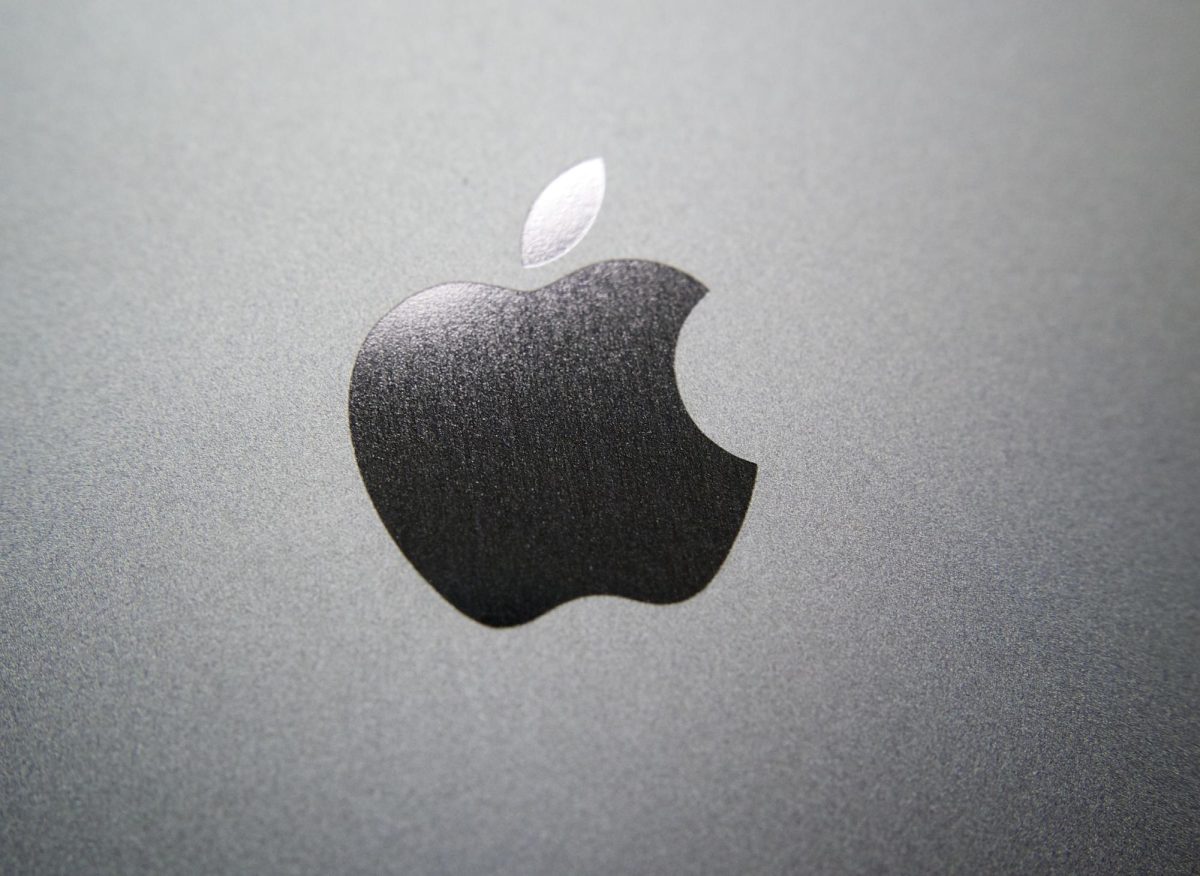Too often, college students have a reputation for never having enough money for anything. As a Zicklin student, I’ve come to bear invaluable knowledge: an introduction to managing your personal finances.
Budgeting has been defined as “the process of calculating how much money you must earn or save during a particular period of time, and of planning how you will spend it.” Ideally, after you’ve begun to earn on a regular basis, money should be allocated proportionate to how much is made. There are three categories of filtering expenses: needs, wants and savings.
Your needs, wants and savings are, to an extent, what you make them.
Needs include rent, utilities, a car payment or MetroCard and a phone bill.
Wants encompass anything from clothes to concert tickets, getting coffee or eating out with friends.
Savings comprise a retirement fund, an emergency fund — typically three to six months’ worth of your needs saved — or any in-between goal you might have, such as traveling or an expensive purchase.
There are many ways to go about this. The most prolific tool in the personal finance realm would be the 50/30/20 rule. This states that approximately 50% of what you earn should be assigned to meet your needs, 30% towards your wants and 20% toward your savings. Many financial institutions have some variation of a chart in which you can physically track your earnings and expenditures.
An application of this rule can be exemplified using a post-taxed monthly income of $2,000 — this can also apply to a bi-weekly or annual income. In this scenario, you should spend no more than $1,000 on your necessities, $600 on your desires and save the remaining $400 in a place of your choosing.
Once you understand where you’d like your expenditures to be, it’s wise to allocate accounts to certain expenses. A checking account allows for money to be directly deposited in and spent without interest. A savings account will charge you for withdrawing, should you do it more than once in a period of time, while others can be set to stay locked until a chosen time.
Necessities, such as rent and utilities, typically will have to be paid with a debit card or checking account. Many companies that run those payment services do not accept credit lines. In the opposing vein, you’ll want your conspicuous spending to be on a credit card so that you can build a credit history while spending. When eventually spending on larger financial goals, such as a house or a car, institutions will want to check your credit history.
While holding onto cash is a surefire way to save, choosing a savings account type that will yield interest is best practice. This is beneficial because interest adjusts for inflation. According to the Federal Deposit Insurance Corp., the average savings account now yields about 0.45% annual interest. Most online banking institutions will offer a high-yield savings account, which is where money should ideally be saved in a starter capacity.
As a basic schooling in the concept of budgeting, these concepts can be further explored, and this understanding is surface level. Budgeting is the first skill in unlocking financial literacy and will prevent you from becoming another broke college student.








